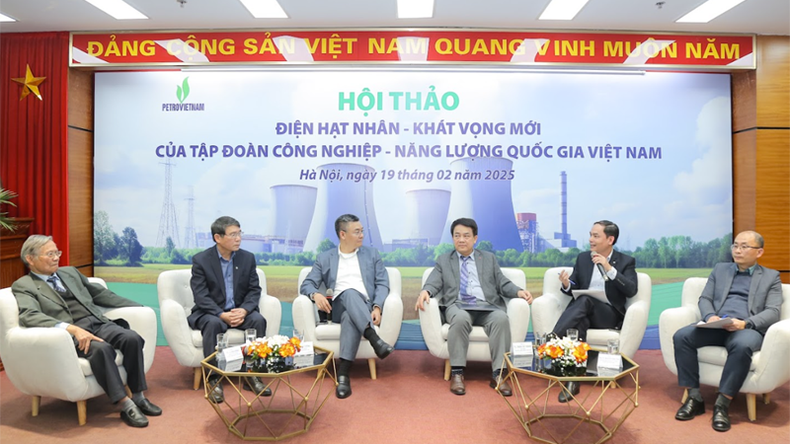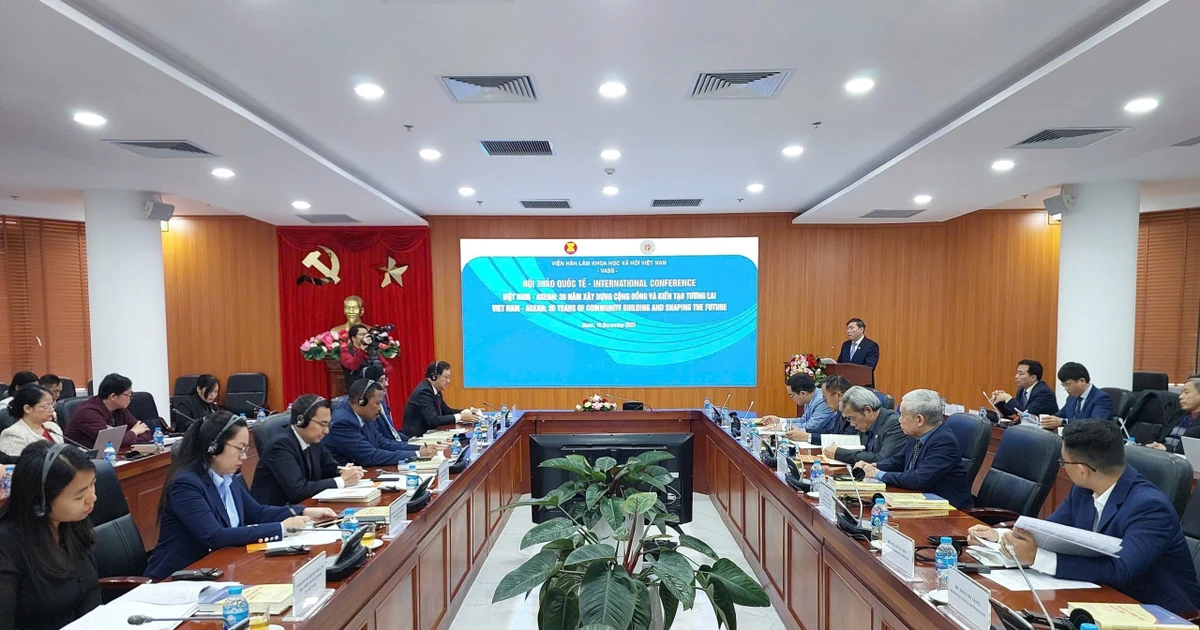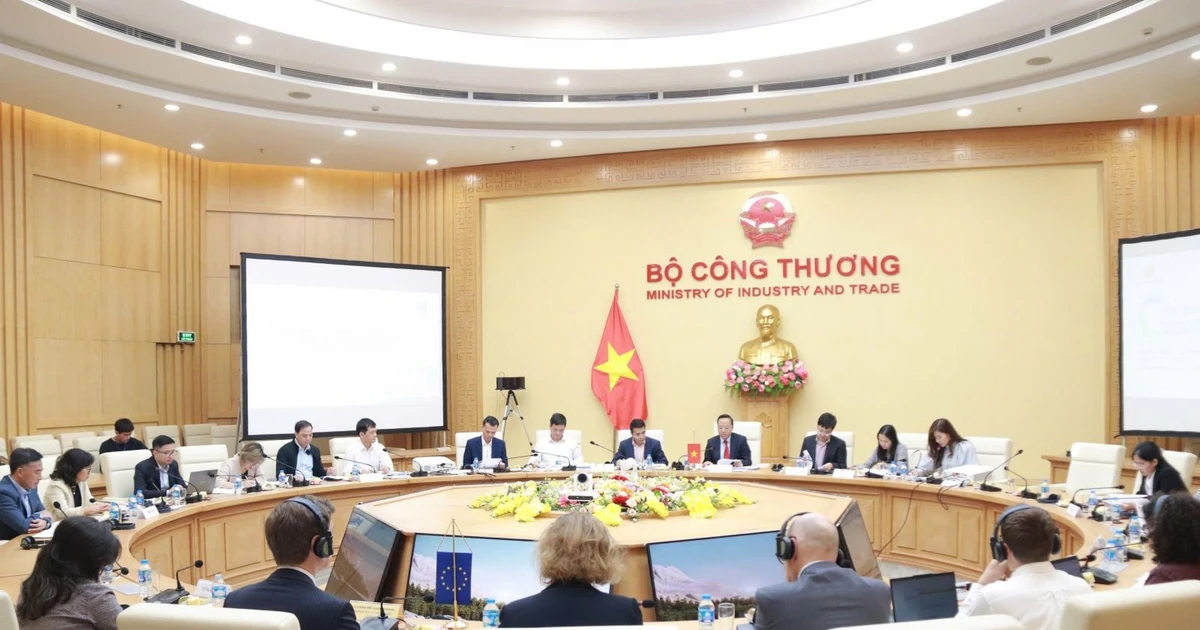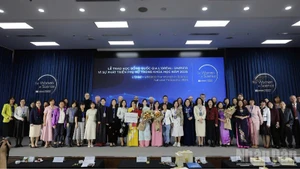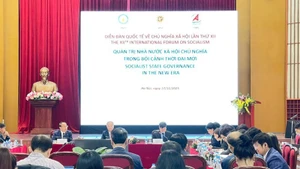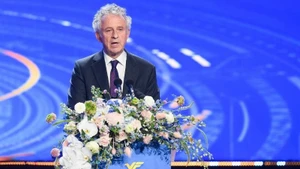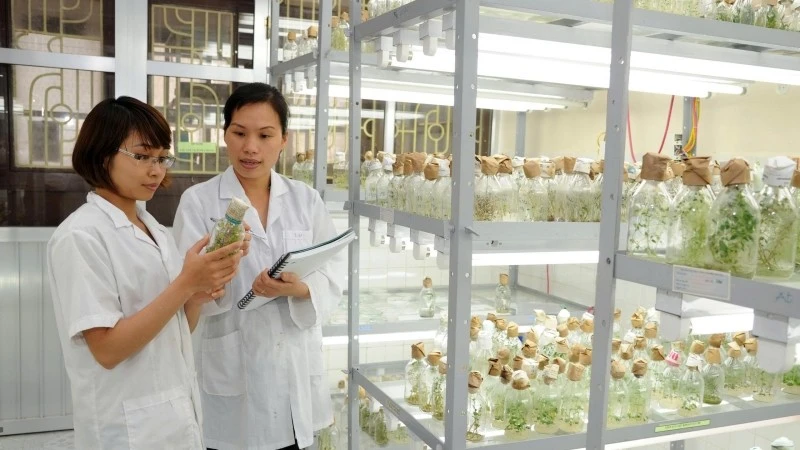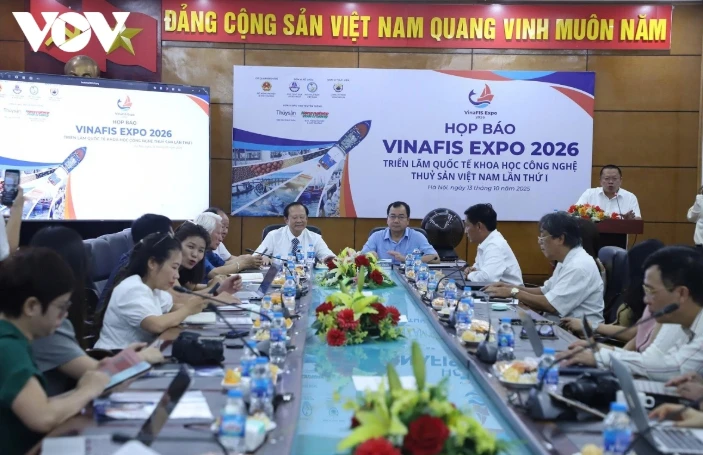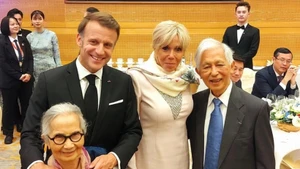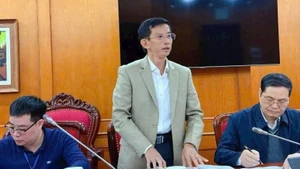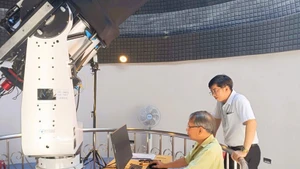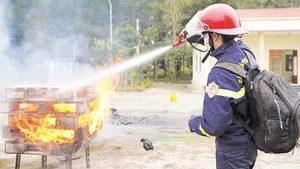Recognising this importance, PetroVietnam has demonstrated its initiative and high political responsibility in the challenging task assigned by the Party and State by taking on the role as the main investor in the Ninh Thuan 2 Nuclear Power Plant.
Immediately after the National Assembly voted to approve the resolution on special mechanisms and policies for the Ninh Thuan nuclear power project, the company organised a workshop on nuclear power attended by leading Vietnamese scientists and experts in atomic energy.
At the workshop, experts agreed that nuclear power is an optimal solution in the context of climate change and energy crisis. This energy source will become increasingly important in the coming period and will play a major role in ensuring energy security. Nuclear power currently has the lowest emissions among renewable energy types, generates large-scale, stable electricity, and is suitable for the current context, particularly towards the net zero goal.
Drawing on international experience, Tran Chi Thanh, Director of the Vietnam Atomic Energy Institute, emphasised the three pillars of nuclear power: the power plant, nuclear regulations and safety, and research and development.
In Vietnam, President Ho Chi Minh visited the Obninsk nuclear power plant in the former Soviet Union in July 1955, paving the way for Vietnam’s nuclear power research. Subsequently, Vietnam has had a nuclear power development programme for many decades, which was actively implemented from 1996-2016, with results that remain valuable.
“Vietnam is currently working to implement nuclear power projects in Ninh Thuan, having already planned the location, built regulatory systems, and trained nuclear human resources. We need to urgently continue with the results prepared before 2016 because the development of nuclear power requires a lot of time. Human resources are a key factor for success, and completing infrastructure, especially the nuclear regulatory system through amending the Atomic Energy Law, is a necessary task,” emphasised Thanh.
Dr Le Van Hong, former Deputy Director of the Vietnam Atomic Energy Institute, added that nuclear power technology is currently in its latest generation. Comparing the schematic principles of nuclear power plants, there are some similarities with the thermal power plants that PetroVietnam has built. This is an advantage for the group if assigned as the project investor.
Another important aspect of nuclear power development discussed at the workshop was the infrastructure and legal framework for construction. According to expert Nguyen An Trung from the Vietnam Atomic Energy Institute, the construction process for nuclear power plants must comply with intergovernmental agreements, international conventions and treaties, and Vietnamese laws and technical standards.
Among the five major challenges of nuclear energy (safety, economics, spent fuel, non-proliferation of nuclear weapons, and public acceptance), safety is the greatest challenge, including control of chain reactions, decay heat load, and radioactive containment.
Clarifying this content, Associate Professor Nguyen Van Thai from Hanoi University of Technology introduced the nuclear safety standards of the International Atomic Energy Agency (IAEA) as the “achievement of proper operating conditions, prevention of accidents or mitigation of accident consequences, resulting in protection of workers, the public and the environment from undue radiation hazards.”
Based on research into average construction times for nuclear power plants worldwide, Dr Hoang Anh Tuan, former Director of the Department of Atomic Energy under the Ministry of Science and Technology, suggested that Vietnam could find ways to reduce construction time to decrease costs.
Nuclear energy has competitive costs compared to other forms of electricity generation, except in places with direct access to low-cost fossil fuels. Fuel costs for nuclear plants represent a small proportion of total electricity generation costs, although capital costs are higher than for coal-fired plants and much higher than for gas-fired plants.
Notably, system costs for nuclear energy are much lower than for intermittent renewable energy.
Tuan recommended: “Building a nuclear power plant is typical of large infrastructure projects worldwide, with significant costs and challenges. Therefore, it is necessary to consider providing large-scale, long-term capital incentive policies to ensure a diverse and reliable electricity supply system.”
Summarising the workshop, PetroVietnam Chairman Le Manh Hung noted that the goal to have the Ninh Thuan nuclear power plant put into commercial operation by 2030 and no later than 2031 is a very pressured goal, and pressure requires special solutions.
Therefore, the National Assembly has approved a resolution on special mechanisms and policies for the Ninh Thuan nuclear power project. However, to achieve the above goal, alongside these special mechanisms, other corridor mechanisms and policies must also be continuously improved in parallel, especially specific mechanisms for investors.
Given the nation’s energy development requirements, Hung stated that in the coming period, the company would focus on several issues, including continuing to research and propose mechanisms and optimise capital costs, coordinating with experts to assess and select nuclear power technology before making investment decisions, and focusing on evaluating and selecting technology linked to safety criteria.
Additionally, there is a need to prepare human resources systematically, consult expert opinions, and build an appropriate personnel structure for nuclear power plants, as well as seek capital mobilisation solutions, including loan agreements such as export credit, while building reasonable financial mechanisms and preparing resources to ensure the development strategy is achieved.
Simultaneously, it is necessary to build a risk management matrix for nuclear power project development, including strategic risks.
